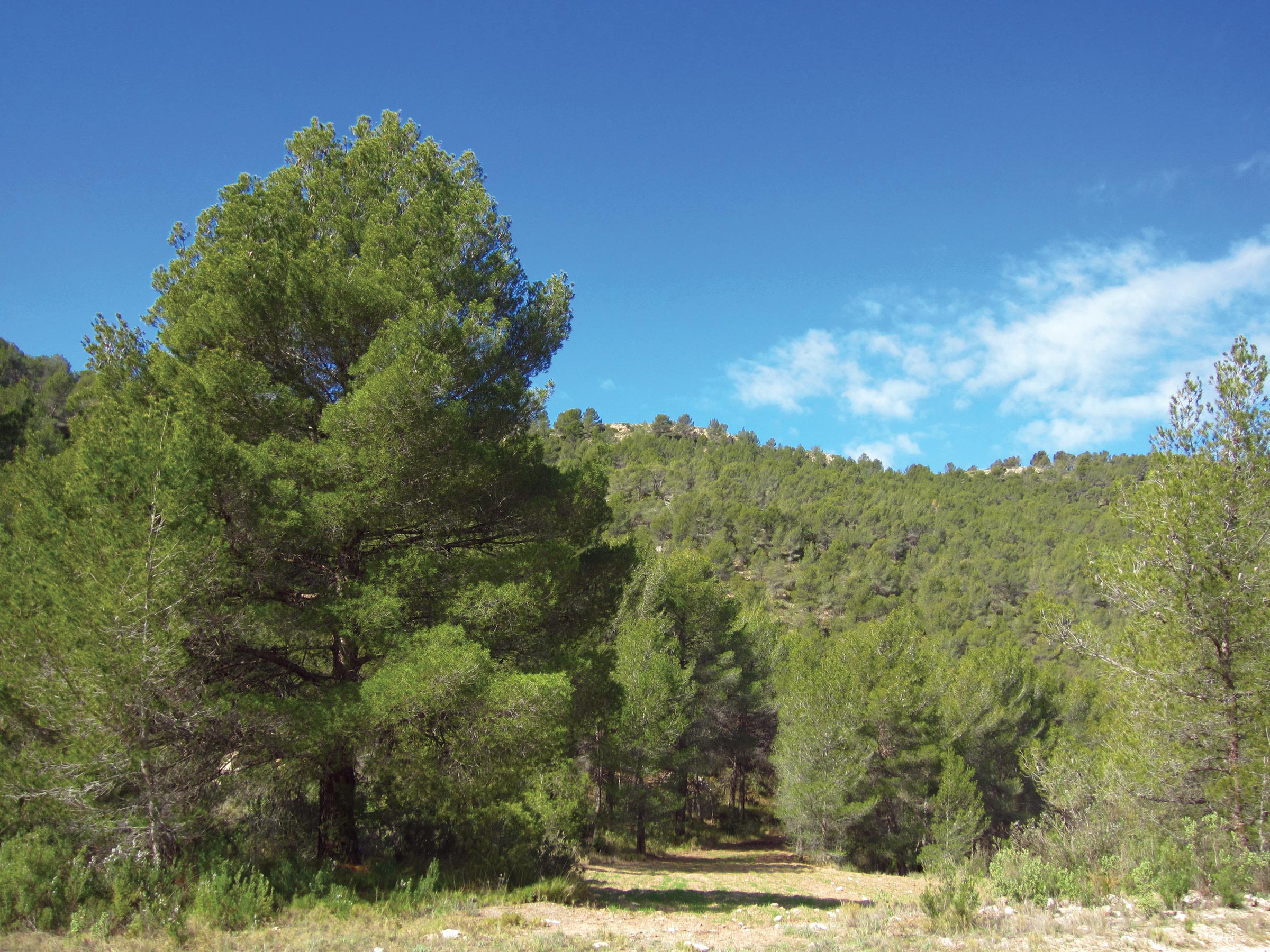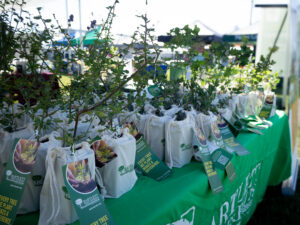“An Ideal Ornamental for Hot Climates”
Aleppo pine is native to the Mediterranean region, and is often grown there for timber and other wood products. In North America, it is widely planted in parks and landscapes as an ornamental in similar hot climates with seasonal rain such as Arizona and Southern California. In Greece, the resin from Aleppo pine has been used for more than 2,000 years to seal and flavor wine known as retsina. The Aleppo pine has slender, light green needles in fascicles of two or, very rarely, three.

Culture
- Performs best in full sun, and is tolerant of long periods of hot and dry conditions
- Tolerant of strong winds, but not maritime winds with salt
- Tolerant of a wide range of soil pH
- Does well with flooding-style irrigation common in Arizona, but does not tolerate long-term soil saturation
Concerns
- Susceptible to aphids, which produce sticky honeydew and dark sooty mold
- Commonly infested by spider mites that can cause a bronze or yellow appearance
- In saturated soils, Phytophthora root disease is a problem
- Pitch canker (Fusarium) may cause tip blight, particularly in more humid regions
- Aleppo Pine Blight is a commonly diagnosed though unattributed condition, probably related to abiotic growing conditions
Bartlett Management Practices
- May require structural pruning in some settings
- Monitor for aphids in spring and spider mites in summer through fall, and treat as populations warrant
- Deep irrigation applied at infrequent (monthly) intervals during longer dry period



